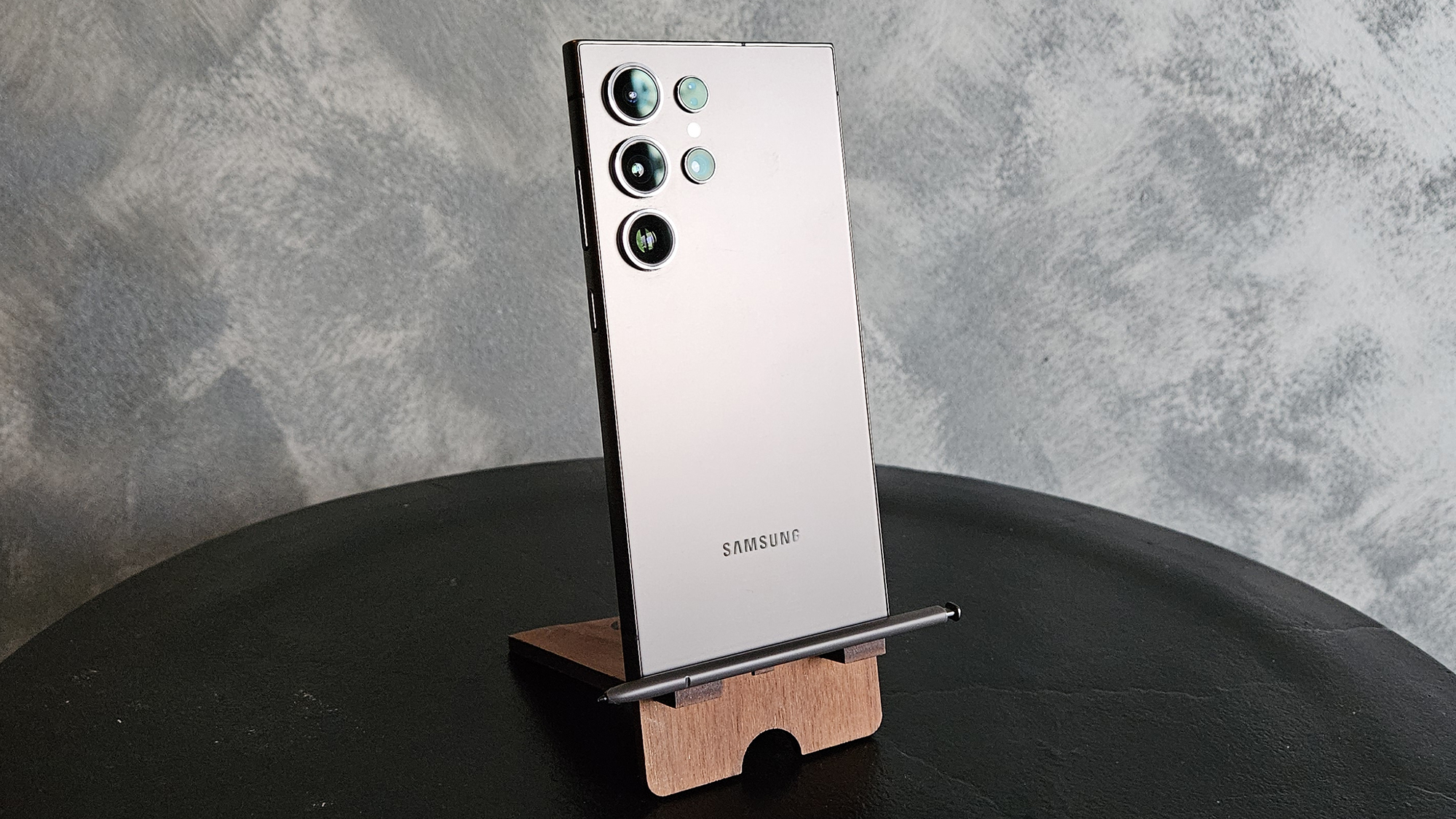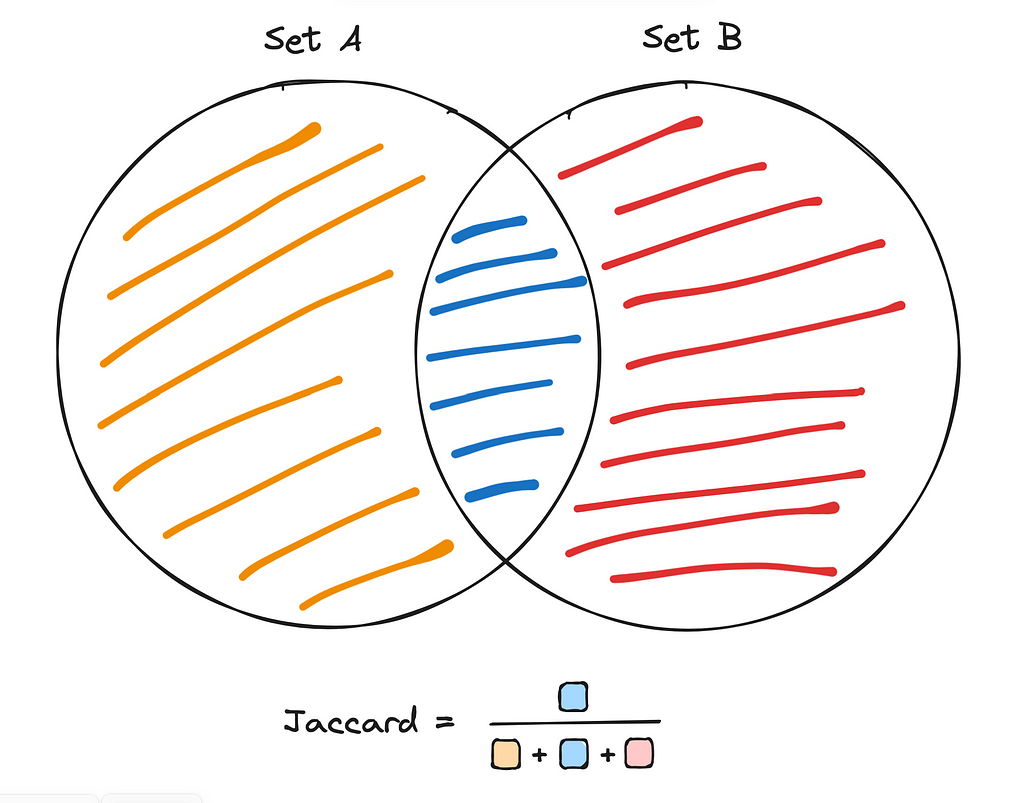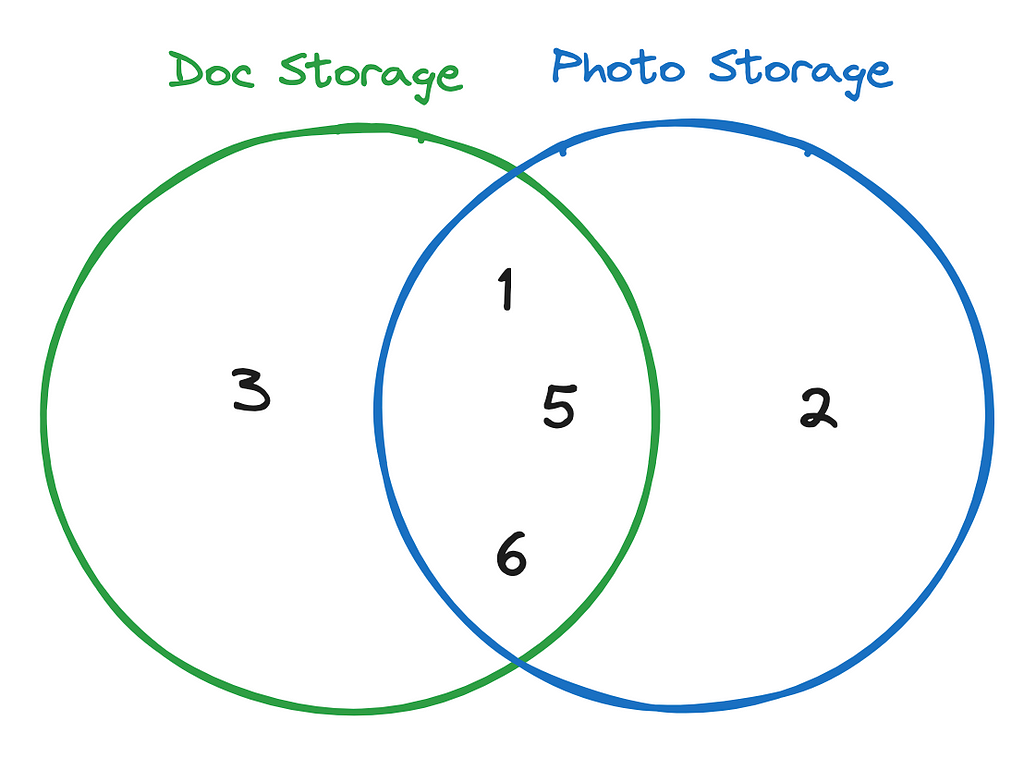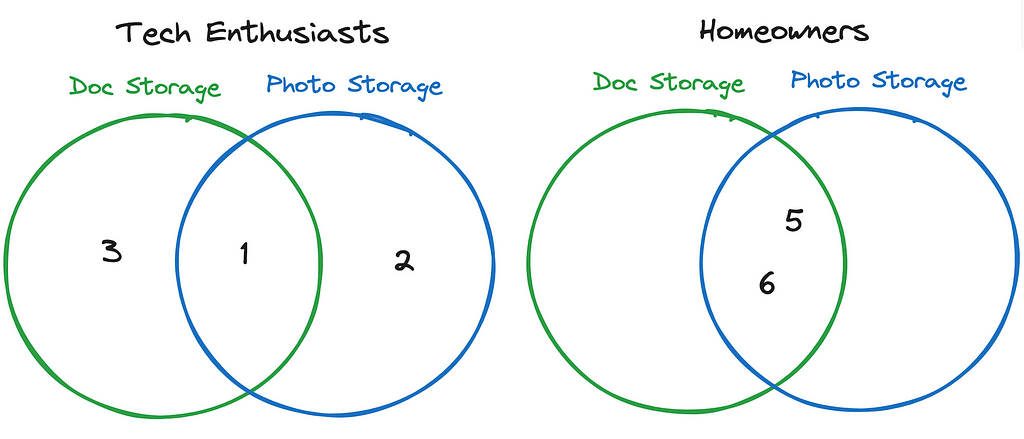Go Here to Read this Fast! NYT Connections: hints and answers for Saturday, December 28
Originally appeared here:
NYT Connections: hints and answers for Saturday, December 28
Go Here to Read this Fast! NYT Connections: hints and answers for Saturday, December 28
Originally appeared here:
NYT Connections: hints and answers for Saturday, December 28
Go Here to Read this Fast! Wordle Today: Wordle answer and hints for December 28
Originally appeared here:
Wordle Today: Wordle answer and hints for December 28
Go Here to Read this Fast! The best weird little guys of 2024’s video games
Originally appeared here:
The best weird little guys of 2024’s video games
Blue Origin’s New Glenn heavy-lift launch vehicle is now ready for its first flight. The company has conducted — and successfully completed — a wet dress rehearsal or a full run-through of the rocket’s launch countdown. As The New York Times reports, Blue Origin had to attempt the countdown several times over a few hours, but the company managed to ignite and fire New Glenn’s seven engines for 24 seconds in the end.
New Glenn’s tanks were filled with fuel and the rocket was fitted with a 45,000-pound payload mass simulator as if it truly was heading to space. Blue Origin says this is the first time it operated the vehicle as an integrated system, with New Glenn SVP Jarrett Jones calling the test’s completion a “monumental milestone.” The Federal Aviation Administration has also granted the company a launch license for New Glenn, which means it’s now truly ready to go.
The company describes New Glenn as a “giant, reusable rocket built for bigger things.” It also said that it was “engineered with the safety and redundancy required to fly humans,” though its inaugural flight will be uncrewed. Its first flight was supposed to take place in October carrying two NASA satellites heading to Mars, but it had to be scrapped because the rocket wasn’t ready by then. New Glenn will now fly for the first time with the company’s Blue Ring Pathfinder, part of its Blue Ring platform that will offer spacecraft services to clients like the Pentagon, instead. While Blue Origin didn’t announce a new launch date for the rocket, it’s expected to be the company’s first flight for 2025 and could take place as early as January 6.
Next stop launch pic.twitter.com/GQFz4XxEt5
— Jeff Bezos (@JeffBezos) December 28, 2024
This article originally appeared on Engadget at https://www.engadget.com/science/space/blue-origins-new-glenn-rocket-completes-final-test-for-its-first-flight-140049935.html?src=rss
Originally appeared here:
Microsoft backed a tiny hardware startup that just launched its first AI processor that does inference without GPU or expensive HBM memory and a key Nvidia partner is collaborating with it


Originally appeared here:
New Samsung Galaxy S25 Ultra leaks hint at key upgrades for the display and storage


For multi-product companies, one critical metric is often what is called “cross-product adoption”. (i.e. understanding how users engage with multiple offerings in a given product portfolio)
One measure suggested to calculate cross-product or cross-feature usage in the popular book Hacking Growth [1] is the Jaccard Index. Traditionally used to measure the similarity between two sets, the Jaccard Index can also serve as a powerful tool for assessing product adoption patterns. It does this by quantifying the overlap in users between products, you can identify cross-product synergies and growth opportunities.
A dbt package dbt_set_similarity is designed to simplify the calculation of set similarity metrics directly within an analytics workflow. This package provides a method to calculate the Jaccard Indices within SQL transformation workloads.
To import this package into your dbt project, add the following to the packages.yml file. We will also need dbt_utils for the purposes of this articles example. Run a dbt deps command within your project to install the package.
packages:
- package: Matts52/dbt_set_similarity
version: 0.1.1
- package: dbt-labs/dbt_utils
version: 1.3.0
The Jaccard Index, also known as the Jaccard Similarity Coefficient, is a metric used to measure the similarity between two sets. It is defined as the size of the intersection of the sets divided by the size of their union.
Mathematically, it can be expressed as:

Where:

The Jaccard Index is particularly useful in the context of cross-product adoption because:
For example:
The example dataset we will be using is a fictional SaaS company which offers storage space as a product for consumers. This company provides two distinct storage products: document storage (doc_storage) and photo storage (photo_storage). These are either true, indicating the product has been adopted, or false, indicating the product has not been adopted.
Additionally, the demographics (user_category) that this company serves are either tech enthusiasts or homeowners.
For the sake of this example, we will read this csv file in as a “seed” model named seed_example within the dbt project.
Now, let’s say we want to calculate the jaccard index (cross-adoption) between our document storage and photo storage products. First, we need to create an array (list) of the users who have the document storage product, alongside an array of the users who have the photo storage product. In the second cte, we apply the jaccard_coef function from the dbt_set_similarity package to help us easily compute the jaccard coefficient between the two arrays of user id’s.
with product_users as (
select
array_agg(user_id) filter (where doc_storage = true)
as doc_storage_users,
array_agg(user_id) filter (where photo_storage = true)
as photo_storage_users
from {{ ref('seed_example') }}
)
select
doc_storage_users,
photo_storage_users,
{{
dbt_set_similarity.jaccard_coef(
'doc_storage_users',
'photo_storage_users'
)
}} as cross_product_jaccard_coef
from product_users

As we can interpret, it seems that just over half (60%) of users who have adopted either of products, have adopted both. We can graphically verify our result by placing the user id sets into a Venn diagram, where we see three users have adopted both products, amongst five total users: 3/5 = 0.6.

Using the dbt_set_similarity package, creating segmented jaccard indices for our different user categories should be fairly natural. We will follow the same pattern as before, however, we will simply group our aggregations on the user category that a user belongs to.
with product_users as (
select
user_category,
array_agg(user_id) filter (where doc_storage = true)
as doc_storage_users,
array_agg(user_id) filter (where photo_storage = true)
as photo_storage_users
from {{ ref('seed_example') }}
group by user_category
)
select
user_category,
doc_storage_users,
photo_storage_users,
{{
dbt_set_similarity.jaccard_coef(
'doc_storage_users',
'photo_storage_users'
)
}} as cross_product_jaccard_coef
from product_users

We can see from the data that amongst homeowners, cross-product adoption is higher, when considering jaccard indices. As shown in the output, all homeowners who have adopted one of the product, have adopted both. Meanwhile, only one-third of the tech enthusiasts who have adopted one product have adopted both of the products. Thus, in our very small dataset, cross-product adoption is higher amongst homeowners as opposed to tech enthusiasts.
We can graphically verify the output by again creating Venn diagram:

dbt_set_similarity provides a straightforward and efficient way to calculate cross-product adoption metrics such as the Jaccard Index directly within a dbt workflow. By applying this method, multi-product companies can gain valuable insights into user behavior and adoption patterns across their product portfolio. In our example, we demonstrated the calculation of overall cross-product adoption as well as segmented adoption for distinct user categories.
Using the package for cross-product adoption is simply one straightforward application. In reality, there exists countless other potential applications of this technique, for example some areas are:
Additionally, this style of analysis is certainly not limited to just SaaS, but can apply to virtually any industry. Happy Jaccard-ing!
[1] Sean Ellis and Morgan Brown, Hacking Growth (2017)
Measuring Cross-Product Adoption Using dbt_set_similarity was originally published in Towards Data Science on Medium, where people are continuing the conversation by highlighting and responding to this story.
Originally appeared here:
Measuring Cross-Product Adoption Using dbt_set_similarity
Go Here to Read this Fast! Measuring Cross-Product Adoption Using dbt_set_similarity
President-elect Donald Trump has asked the Supreme Court to delay the law that could ban TikTok until after his inauguration. In an amicus brief, Trump’s attorney D. John Sauer wrote that the future president wants the opportunity to find a solution to the problem “through political means.”
The law requiring a ban or sale of TikTok is set to take effect on January 19, 2025, just one day before Trump’s inauguration. The brief calls the ban date “unfortunately timed”and argues the incoming president should have more time to work on a deal with TikTok. TikTok’s legal team cited a similar concern in its requests for a delay of the ban. The brief also cites Trump’s “dealmaking” experience and his social media platform Truth Social.
“President Trump alone possesses the consummate dealmaking expertise, the electoral mandate, and the political will to negotiate a resolution to save the platform while addressing the national security concerns expressed by the Government–concerns which President Trump himself has acknowledged,” Sauer writes.
Trump’s stance on a TikTok is much different from the one he took in his first term, when he pursued a ban of the app in 2020. He also floated the idea that Microsoft could “work out a deal, an appropriate deal, so the Treasury of the United States gets a lot of money” without explaining exactly how such a deal would work.
President Trump reversed his opinion on a TikTok ban during his second campaign. He told CNBC’s Squawk Box in March that banning TikTok would “make Facebook bigger and I consider Facebook to be an enemy of the people, along with a lot of the media.”
The Supreme Court is scheduled to hear arguments on the ban on January 10.
This article originally appeared on Engadget at https://www.engadget.com/social-media/donald-trump-asks-the-supreme-court-to-delay-the-tiktok-ban-235703094.html?src=rss
Go Here to Read this Fast! Donald Trump asks the Supreme Court to delay the TikTok ban
Originally appeared here:
Donald Trump asks the Supreme Court to delay the TikTok ban


Originally appeared here:
NYT Wordle today — answer and my hints for game #1288, Saturday, December 28